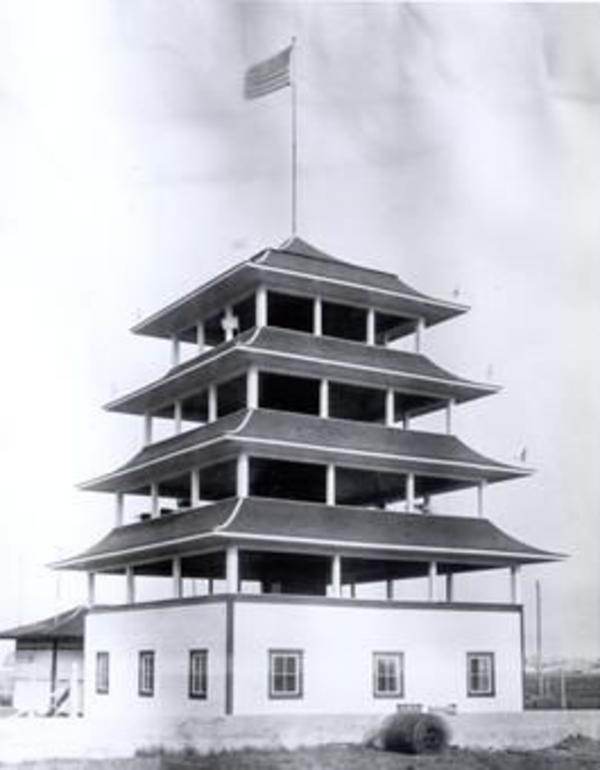- 1890s Cars
- Barney Oldfield Images
- Oldfield - Petersen
- Beer
- Early Auto Industry
- Uniontown - Marci McGuinness
- General Period Clip Art
- Early Race Related Clip Art
- Advertising and Editorial Cartoons
- Early Indianapolis
- IMS Construction
- Indianapolis Speedway
- First IMS Auto Races
- Failed 1909 Air Show
- 1909 IMS Balloon Races
- 1909 IMS Motorcycle Meet
- 1910 Indianapolis Auto Show
- 1913 Indianapolis 500
- 1919 Indianapolis 500
- Joe Dawson
- WWI "500" Winner Draft Cards
- Frank Di Buglione (off the wall art, LLC)
- Gilbert Art
- Carl Graham Fisher
- IMS Hall of Fame Museum
- Alco at 100th Anniversary
- Frederic Matile - Morris Park
- Miami-Fulford Speedway
- Paul Sheedy Collection
- Early Wyoming Racing - 1909 - 1919
- Personalities
- Early Racing Images
- Glidden Tour
- 1909 Cobe Trophy
- Fairmount Park & Belmont Estates
- Early Santa Monica
- Don Radbruch Collection
- Jeroen de Boer Collection 1910
- Jeroen de Boer Collection 1912
- Jeroen de Boer Collection 1913
- Jeroen de Boer Collection 1914
- Georges Boillot
- Story's Indianapolis 500 Cars
- Story's Sports Cars
- Story's Grand Prix Cars
- Old School
- Story's Brickyard Sketchbook
The First Pagoda
Photo Gallery Categories
Search
Featured Article
Image of The Week

One of the great symbols of the Indianapolis Motor Speedway is what locals and fans worldwide refer to as "the Pagoda." The reference is not exclusively to the current 13 story steel and glass structure that is more "pagoda inspired" than an edifice that makes a serious attempt to emulate the classic Japanese design. Indeed, "the Pagoda," like almost everything else at the Brickyard, is more an emotional connection that is as much individual to every fan's personal experience than it is a physcial element accounted for by it's measurable dimensions, it's marketable value or the cost of building and maintaining it. "The Pagoda" is a warm spot in the fan's heart that conjures up a comfort-food like emotion that brings you home to a place where your spirit swells with nourishment. In marketing parlance it is a key element of the Indianapolis Motor Speedway brand.
"The Pagoda" dates back to 1913 and, like most things at the Brickyard, was birthed out of the inspired, eclectic mind of Carl Graham Fisher - the indomitable force that not only brought forth the Indianapolis Motor Speedway but the Prest-O-Lite company (that survives today as Praxair), Miami Beach, Montauk, the entire town of Speedway, the Lincoln and Dixie Highways, the Empire automobile company and in a final burst of enthusiasm in his waning days, the Caribbean Club in Key Largo, Florida. There were a host of his other mental machinations big and small that he ushered into the world instead of, like most human inspirations, allowing them to remain a conversational topic for beer drinking (or mind numbing staff meetings). No, Carl Fisher didn't just talk about things - he willed them to happen no matter how many dimwits he encountered. So it was that Fisher, for reasons all his own, decided to plant a building that symboized his infatuation for Japanese design in the middle of a former Hoosier farm field surrounded by a 2.5-mile brick race track.
The first Speedway Pagoda was just receiving its final touches as the month of May began in Indianapolis back in 1913. Made of wood and painted green and white, it stood five stories. Its purpose was to provide officials, press and some 30 telegraph operators a comfortable place and outstanding vantage point to observe the Indianapolis 500. State-of-the-art telegraph equipment and telephones were set up in the Pagoda to communicate with staff at the manually updated infield scoreboards as well as "broadcast" to newspapers nationwide who were updating the race for their eager readers of their afternoon editions.
The 1913 Pagoda met its demise in 1925 when for reasons unknown it burnt to the ground. Fortunately this was well enough in advance of the the 1926 Indianapolis 500 a newer, more robust "Pagoda" stood ready for service on race day.
| Attachment | Size |
|---|---|
| d-1913-pagodapg-vertical.jpg | 14.36 KB |
